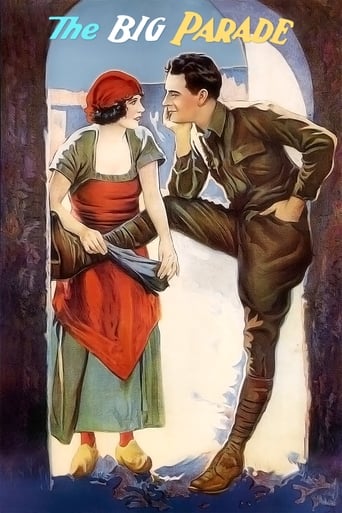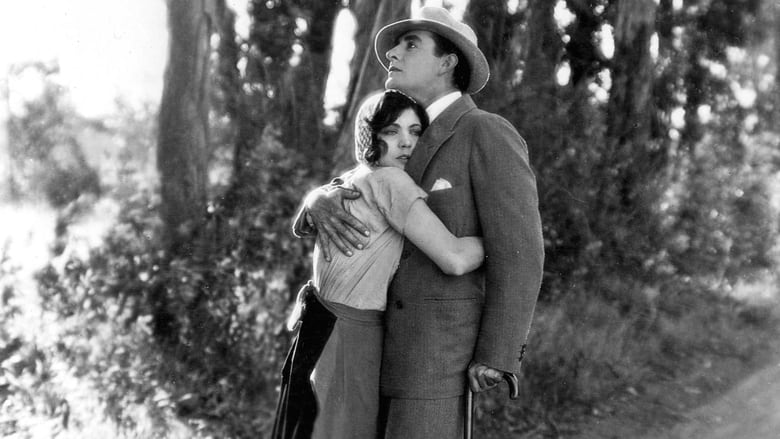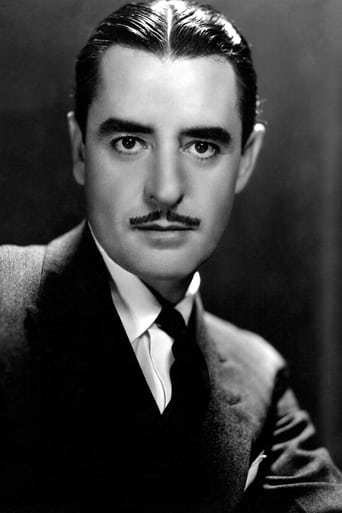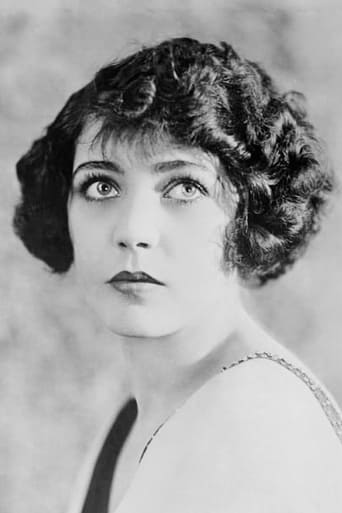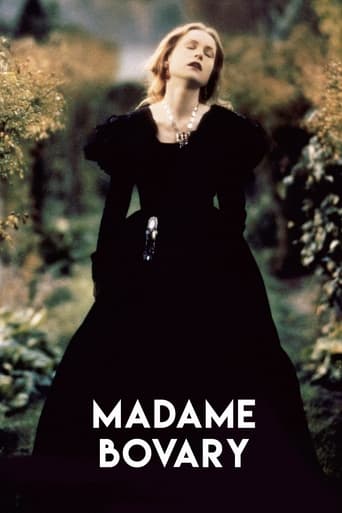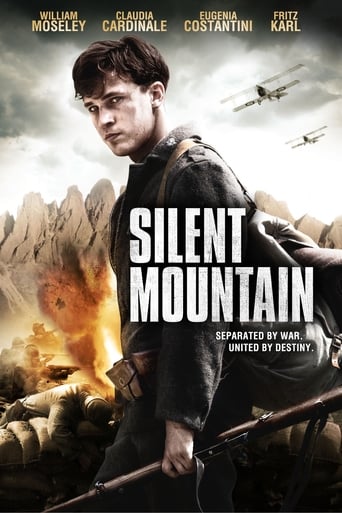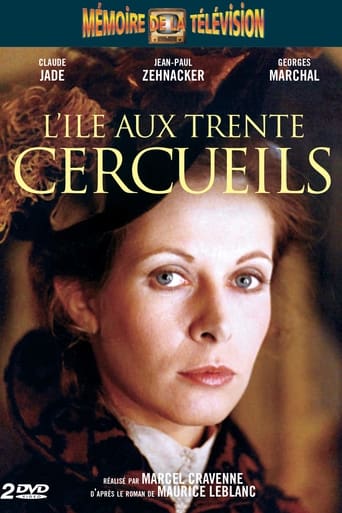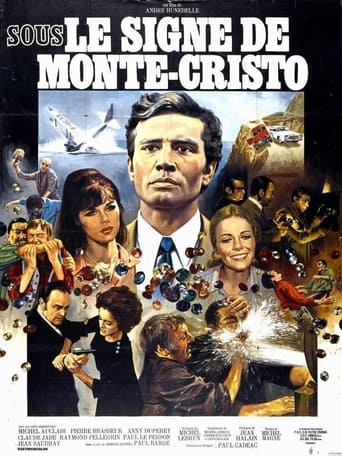The Big Parade (1925)
The story of an idle rich boy who joins the US Army's Rainbow Division and is sent to France to fight in World War I, becomes friends with two working class men, experiences the horrors of trench warfare, and finds love with a French girl.
Watch Trailer
Cast


Similar titles
Reviews
Plenty to Like, Plenty to Dislike
If you don't like this, we can't be friends.
everything you have heard about this movie is true.
True to its essence, the characters remain on the same line and manage to entertain the viewer, each highlighting their own distinctive qualities or touches.
In its second year of existence the newly formed studio of Metro-Goldwyn-Mayern had two big budget items either of which had they flopped would have proved the end for that studio combine. Fortunately for Leo the Lion, Ben-Hur and The Big Parade proved resounding successes at the box office and became cinema classics.The Big Parade as cinema spectacle does fill the screen in a style that Cecil B. DeMille would have approved. But the accent here is not on heroics, rather on the horror of what was then called the Great War because no one could contemplate another one like it. Watching some of the crowd scenes and battle scenes I saw that The Big Parade set a standard for World War I films. Watch for example the battle scenes in The Fighting 69th and you'll see how much influence The Big Parade had on future films.John Gilbert is the central character of The Big Parade a rather aimless young man whom his father Hobart Bosworth could use a little discipline in his life. The army is just the thing for him. Usually those who advocate such a course don't anticipate the army ever getting in a real shooting war.We declared ourselves in on World War I in April of 1917, but few troops saw any action until a year later. We had no real standing army and Woodrow Wilson gave John Pershing one order, keep the American army separate, train it, and then send it into battle as its own entity. So those scenes of idleness where Gilbert develops his romance with Renee Adoree are quite true. The American Army was being trained in the hell that was trench warfare.The Big Parade is as much a love story as a war story and Gilbert and Adoree were quite the screen couple. This was before Gilbert had done any films with Greta Garbo. The Big Parade proved to be his breakout film and it Renee Adoree her career role on the silent screen as well.The Big Parade was also a tragedy ridden film. Its stars Gilbert, Adoree, and Karl Dane who played Gilbert's sidekick in the trenches all died before 1940 way too young for all of them.In those crowd scenes which did include some newsreel footage, my grandmother used to look at them eagerly when she saw them hoping to see my grand uncle in them. Her brother was part of The Big Parade in real life. William Fleischman was drafted at the age of 19 to serve in the American Expeditionary Force and he came back and lived until 1979 and came back in a lot better shape than John Gilbert was in this film.The Great War was the seminal event of his generation, no one who survived it ever was the same. The song My Buddy was used on the sound track and Uncle Bill had an aversion for that song. He said that in the trenches you did not worry about your buddy, in fact better it was him that was hit than you. Uncle Bill also developed a lifelong aversion to peaches as well. That was the main thing he remembers being given in his rations and after the war couldn't look at a canned peach for the rest of his life.Despite My Buddy on the soundtrack and that was added subsequently, King Vidor directed his masterpiece in The Big Parade. Although he directed for a little more than 30 years after this, Vidor never equaled The Big Parade. And to dough boy William Fleischman, part of The Big Parade this review is dedicated.
Big Parade, The (1925)**** (out of 4) One of the all-time great war movies made John Gilbert a star and rightfully so. In the film he plays a spoiled rich kid who joins the Army on a whim after WW1 starts. He gets shipped off to France where he meets two guys who will become his best friend but also a woman (Renee Adoree) who he will fall in love with before being sent to the front lines. This is yet another classic film that really delivers on its reputation and in my opinion it's even better than the actual reputation. This is known for being a great war film but I'd go a bit further and say it's easily one of the best films of the decade and one of the strongest anti-war films ever made. I've heard a few people say that the love story is too melodramatic but I'd disagree with that as Vidor really handles the material very well and I'm sure there were millions of women in 1925 who would disagree about the love story. I think Gilbert and Adoree are so great together that we can easily buy them together and buy their story together. I must admit that I really got caught up in their relationship and all the drama that went with it. Yes, it's fairly predictable but it's still effective and that's all that matters. The film has several unforgettable shots even before we get to the legendary battle scene but the one with Adoree trying to say goodbye is extremely powerful. As for the battle scene that lasts for nearly a half-hour; pure brilliance. This is where the film lives up to its reputation and more because this entire sequence is known to be great but I'd probably push it a bit further and say it's one of the greatest ever created. It's also a great example of why silent movies can be so effective because not hearing the gunshots, the explosions and the screams really makes the sequence all the more surreal and Hell-like. Vidor does a masterful job at building this sequence up over time and I loved the way how it started so small with the simple walk and then built up the human drama before going all out with the battle. The final moments of the battle scenes are incredibly effective and a real treat on the eyes. I sometimes have a problem with war movies that want to show off the "battle" yet preach that it's wrong but this film manages to get the message across with a lot of power. It's also easy to see why Gilbert became a star after this film because his character goes through a lot of changes throughout the film and he handles all of them perfectly and in the end you can't help but think you've witnessed a true character and changes. This film is certainly one of the best war movies out there but it also features a lot more than just battle scenes and in the end it's certainly one of the highlights of silent cinema.
I noticed that some reviews referred to this as the greatest war film ever or the greatest silent or the greatest silent. Well, while this is very debatable. You could easily argue that WINGS (1927), ALL QUIET ON THE WESTERN FRONT (1930) or WESTFRONT 1918 (1930) were all possibly better WWI films--but doing so does all the films a disservice. After all, can't they all be great films and who says any one of these (or another) is the greatest? And, each is amazing in its own way. Plus, how can you compare a silent to a sound film? And what about films about other wars? And what about non-war silent films? While I could see some flaws in THE BIG PARADE, you can't really compare it to films made later (technically they were so different and the style of storytelling changed a lot over the years). This film earns a 10 relative to other films of the day--other films made about 1925 aren't any better. The film has many pluses--large and rather realistic battles that are very emotionally draining, good acting by the lead (John Gilbert's performance was relatively subdued and very effective) and the story was very touching--such as when the hero's mother sees him towards the end of the film. Sure, there are a few minuses (the love between Gilbert and Renée Adorée seemed too shallow and brief to be so strong) but they are so outweighed by the strengths that they seem petty to dwell on in this review.Compelling and very watchable over 80 years later--this is one of the great silents.
Clean-shaven young John Gilbert (as James "Jim" Apperson) gets caught up in the patriotic fervor leading the peaceful United States into The Great War (aka World War I). In joining "The Big Parade" of enlisted men, Mr. Gilbert leaves behind his pretty sweetheart and wealthy lifestyle - and ships out for war-ravaged France. There, Gilbert bonds with two lower-class soldier buddies: spitting laborer Karl Dane (as "Slim" Jensen) and rotund bartender Tom O'Brien (as "Bull" O'Hara). Fortunately, France provides feminine distraction in the form of Renée Adorée (as Melisande). Gilbert takes Ms. Adorée for a walk, and falls in love King Vidor's "The Big Parade" is one of the most beautifully produced and directed silent epics of the 1920s. Mr. Vidor gets the finest personnel at MGM - the studio certainly regarded, with the late 1925 release of this film and "Ben-Hur", as the best in the business. With these films, MGM had considerable evidence to back up boasting about having the Biggest Stars and the Biggest Pictures in the Business (for about two decades).The film is also a personal triumph for silent idol Gilbert, who was receiving, and handling, some of the best parts Hollywood had to offer. Gilbert shaved off his suave moustache, and really does seem like the ordinary (but wealthy) looking soldier called for by the script. Gilbert manages both the comedy and drama scenes extraordinarily well. The lengthy "comic" parts go on too long; and, this is the film's main weakness - but, the actors are not at fault. And, Gilbert's "wheel-barrel" scene is the most memorable comedy interlude. Contrastingly, the comic Dane excels in his most dramatic moment.There were no "Academy Awards" at the time - but, "The Big Parade" won "Best Picture" honors from "Photoplay", "Quigley Publications", and "The New York Times"; it was released too late in the year to overtake Chaplin's "The Gold Rush" at "Film Daily". Only Quigley offered a "Best Director" honor, which went to Vidor; in hindsight, Eisenstein's "Potemkin" would have to be considered better. And, Gilbert's "Jim" would have faced stiff "Best Actor" competition from Chaplin's "Tramp" (and Gilbert's own appearance in "The Merry Widow"). John Arnold's photography should also be noted, as well as always dependable Hobart Bosworth and Claire McDowell. Do watch "The Big Parade" until the ending. Even if you guess (or know) what will happen, it's beautifully done. This is because Vidor makes you think about Gilbert's American and French sweethearts, instead of the obvious ********* The Big Parade (11/5/25) King Vidor ~ John Gilbert, Renée Adorée, Karl Dane, Tom O'Brien

